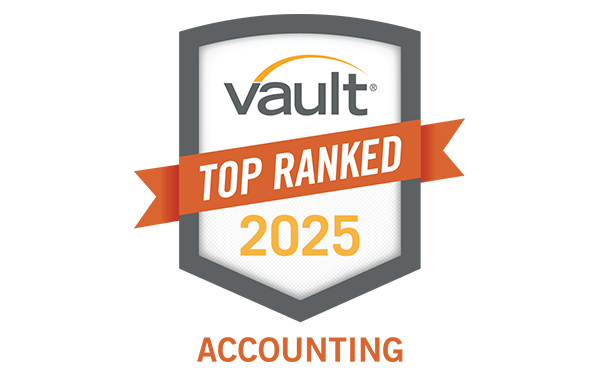In recent years, we have seen a rapid expansion of alternative classes of investments in large pension fund portfolios, both public and private. These alternatives may offer attractive returns, but the potential of a greater risk factor and overall lack of transparency can make the decision to enter these alternative investments more challenging. One particular subsect of alternative classes of investments is an investment into a private equity limited partnership.
When entering a limited partnership investment, the pension fund becomes a limited partner (“LP”) in the partnership. The general partner (“GP”) “calls” on the limited partners (“LPs) to make contributions towards capital infusions into the partnership’s portfolio companies, typically during the “vintage year” of the portfolio company. The vintage year is essentially the year that the partnership’s portfolio companies have the highest return potential. For example, a biomedical company that acquires an exclusive patent to produce a new drug in demand may receive large capital infusions in that year – its vintage year – to grow the business and eventually sell and give distributions back to the general and limited partners. Wait one year longer and the return potential on that company may not be as strong.
Many private equity limited partnerships have enjoyed higher than average return rates, despite the uncertainties of timing of cash flows and liquidity of portfolio companies. However, as some Plans have learned the hard way, a commitment to a private equity limited partnership can have unplanned consequences – as the Plan’s assets are locked up with no guarantee that they will be returned. Another often overlooked factor is the actual costs involved with being a limited partner in a private equity limited partnership.
The limited partner typically has to pay the general partner some combination of management fees, carried interest and/or performance fees, other fund-level and portfolio company fees, and potentially taxes on unrelated business income. If the partnership is a fund of funds, there can be an additional layer of fees paid to the general partner for choosing the underlying investments. Additionally, pension funds that are investors incur their own internal costs to monitor the private equity investment. Other fees include fees paid by the general partner which are passed onto the limited partners. Examples include legal costs, audit costs, and taxes.
Carried Interest
Carried interest is typically based on gains above a preferred return over the life of the investment. Because the gains are not yet fully realized before the end of the investment life, carried interest varies and is not easily calculated. While a partnership’s financial statements disclose the amount of carried interest, it is often excluded when assessing the true performance of the investment. Since the carried interest represents the general partner directing taking returns from the limited partners, it should be considered when evaluating the investment performance.
Portfolio Company Fees
There are also portfolio company fees, that is, fees paid by the portfolio company to the general partner for advisory services, break-up, monitoring, and funding. These portfolio company fees shift dollars from portfolio companies to the general partner, lowering future returns for LPs. The L P is typically entitled to a portion of portfolio company fees in a management fee rebate or offset. However, the fees presented on a typical capital call statement net the full management fee against the LP share of portfolio company fees. The issue with presenting a “net management fee” is that it does not reflect total management fees paid to the GP because the “rebated” amount is still an expense to the portfolio company and therefore an indirect cost to the LP. LPs actually pay the full management fee, and in addition, pay the portion of portfolio company fees kept by the GP (and not rebated). In other words, presenting a “net management fee” gives the illusion of reduced fees for the LP when, in fact, it is a charge to the portfolio company.
Unrelated Taxable Income
There is a fourth indirect cost of a limited partnership interest – the unrelated taxable income for a tax-exempt Fund. Since some of the partnerships have underlying investments in properties financed by debt, and other UBIT considerations, the Fund most also consider any potential taxes to be paid on investment income from the partnership as an additional cost to own the investment. A close relationship with your investment advisor and the general partners of partnership investments can greatly aid in recognizing any tax liabilities and avoiding any penalties.
So the carried interest, other fees, portfolio company fees and taxes are four additional costs to consider when evaluating whether to enter a limited partnership investment. In May 2014, the Securities and Exchange Commission’s (SEC) Office of Compliance Inspections and Examinations (OCIE) released results of examinations into private equity firms. OCIE found violations relating to expenses paid for advisory services in more than half the examinations. Specifically, the advisor fees paid by portfolio companies were not sufficiently disclosed to LPs. OCIE also found instances of hidden fees such as accelerated monitoring fees, undisclosed administration fees not covered by the limited partnership agreements, and excessive transaction fees beyond limits set in the limited partnership agreement. Mounting interest in verifying these costs from both the SEC and pension funds could impact standardizing private equity cost disclosures. Until then, it is important to work closely with your investment advisors, managers, and custodians to ensure you gain a full understanding of all the costs associated with a limited partnership investment.
By: Ajai K. Murali | Manager




